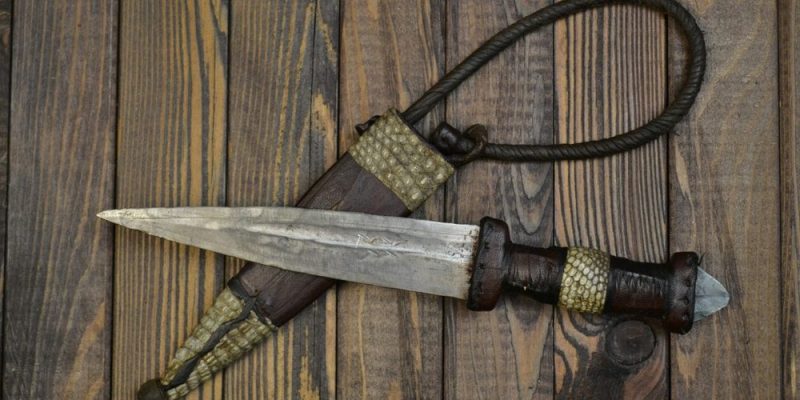We explain what harakiri is and what this ritual consists of. Also, what it is for, when it was banned and some of its history.

What is harakiri?
It is called harakiri or seppuku (In Japanese the second term is preferred, since the first is vulgar; but in Spanish the preferred form is the first, sometimes Castilianized: harakiri) to a ritual form of suicide from Japanese tradition and which consists of disentanglement, that is, evisceration, usually by means of a longitudinal cut in the abdomen, from left to right, using a dagger (so mucheither) or other bladed weapon.
This practice enjoyed traditional value in ancient Japan, as part of the samurai ethical code (bushidö), which taught to die with honor and honor rather than being defeated and captured by the enemy, and then being able to be interrogated and tortured.
At the same time, it was the only way to wash the honor of those who had committed unworthy acts or had betrayed their factions of origin. In fact, the feudal lords of ancient Japan could ask their warriors to consume this ritual suicide, as a form of execution by their own hands in case they had brought them dishonor.
Seppuku was traditionally performed after thoroughly cleaning one's body, drinking sake (rice liquor), and composing a farewell poem (zeppitsu) on a war fan (tessen). Usually the cut on the belly was carried out in front of one or more spectators that, if the suicide's hand or determination failed, they had to complete the task for him (known as kaishakunin).
The choice to assume such responsibility was considered an honor or a sign of affection or recognition. In some cases, wives or even slaves were expected to accompany their master in committing suicide, which was known as jisatsu and oibararespectively.
With these cultural assessments in tow, harakiri survived as a practice until contemporary times, despite its ban as a judicial penalty in 1873. Numerous Japanese soldiers practiced it during the 19th and 20th centuries as a method of protest against some imperial decree or to escape defeat in World War II. Furthermore, writers such as Emilio Salgari or Yukio Mishima chose death through this traditional method.
See also: Slavery





